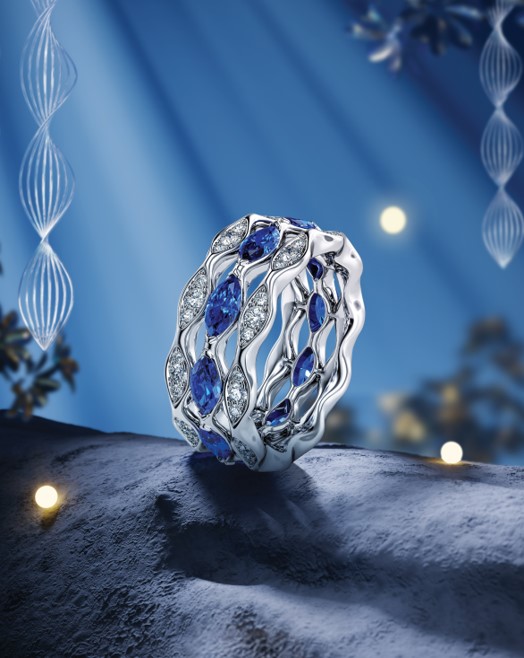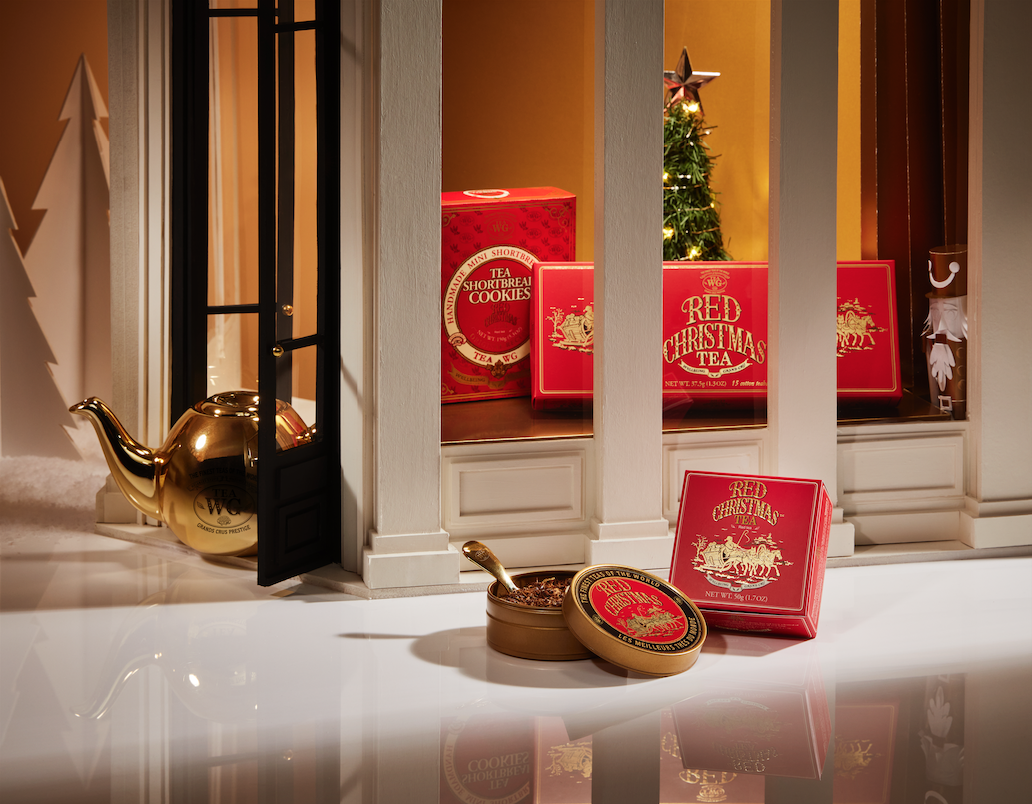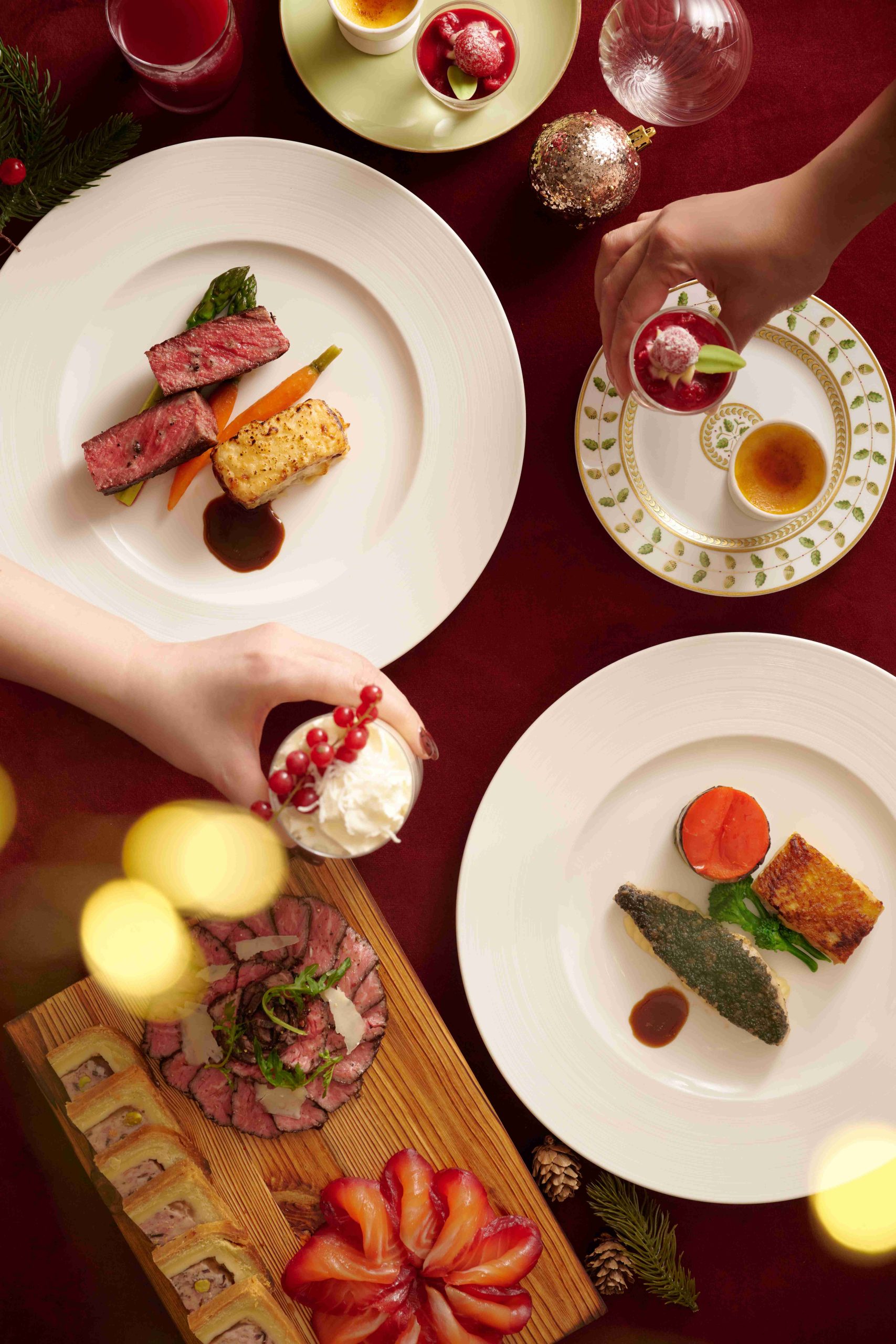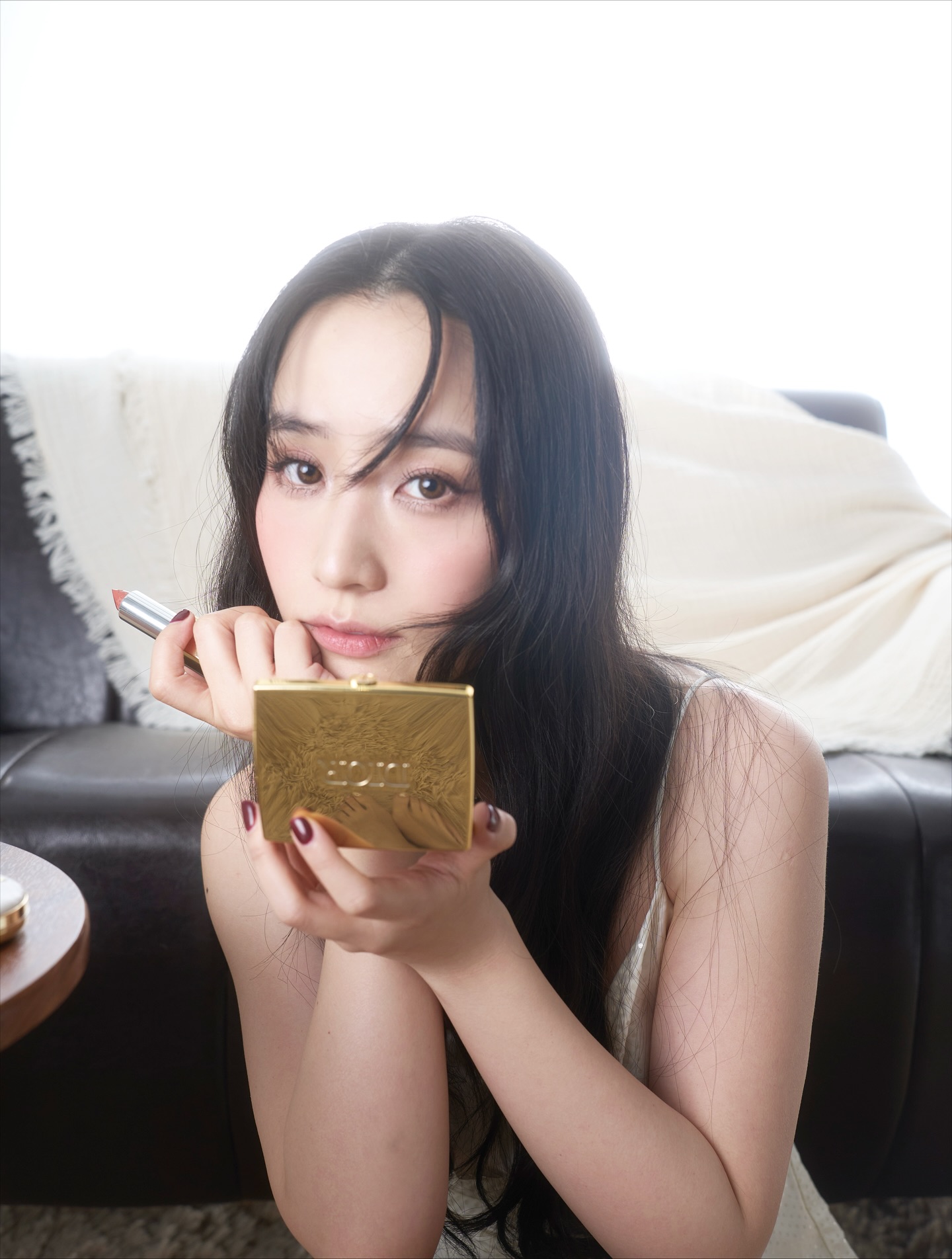One of the only Japanese-run luxury hotels in the capital, the Palace Hotel Tokyo has launched an Art of Gastronomy package for guests to taste the best the country has to offer. Zaneta Cheng reports
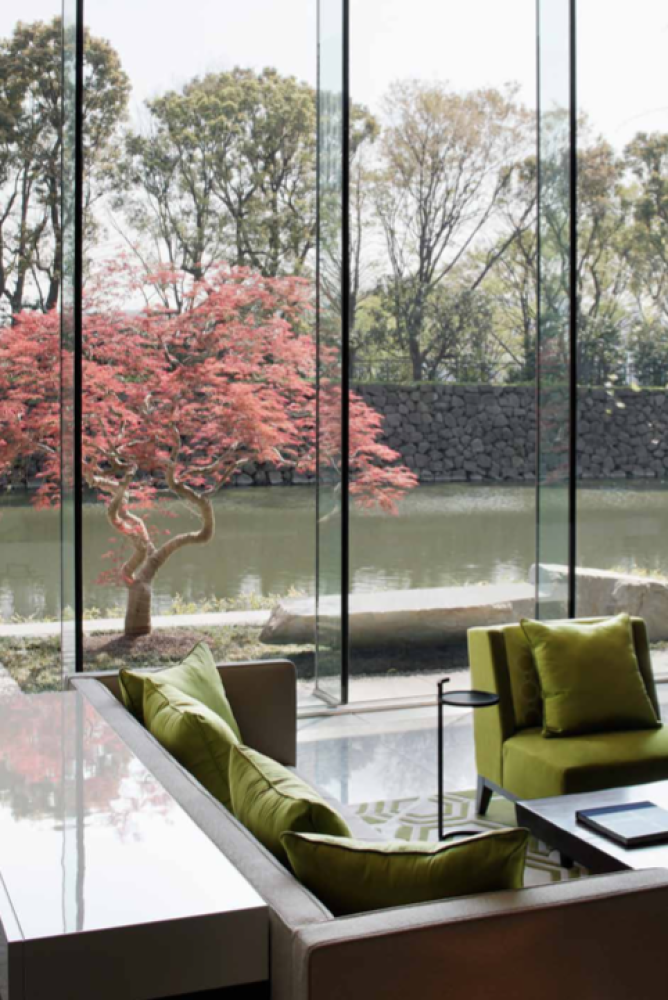
The Japanese principle of kaizen, which directly translated means “good change” or improvement, thrives even today in a world with interminable distraction. I’m told this by Marc Matsumoto, a television presenter and erstwhile private chef who hosts private food-centric tours for interested guests staying at the Palace Hotel Tokyo. The tour is part of the hotel’s most recent “Best of Japan” package, a tailored epicurean experience that gives travellers a peek into the country’s incredible gastronomic landscape.
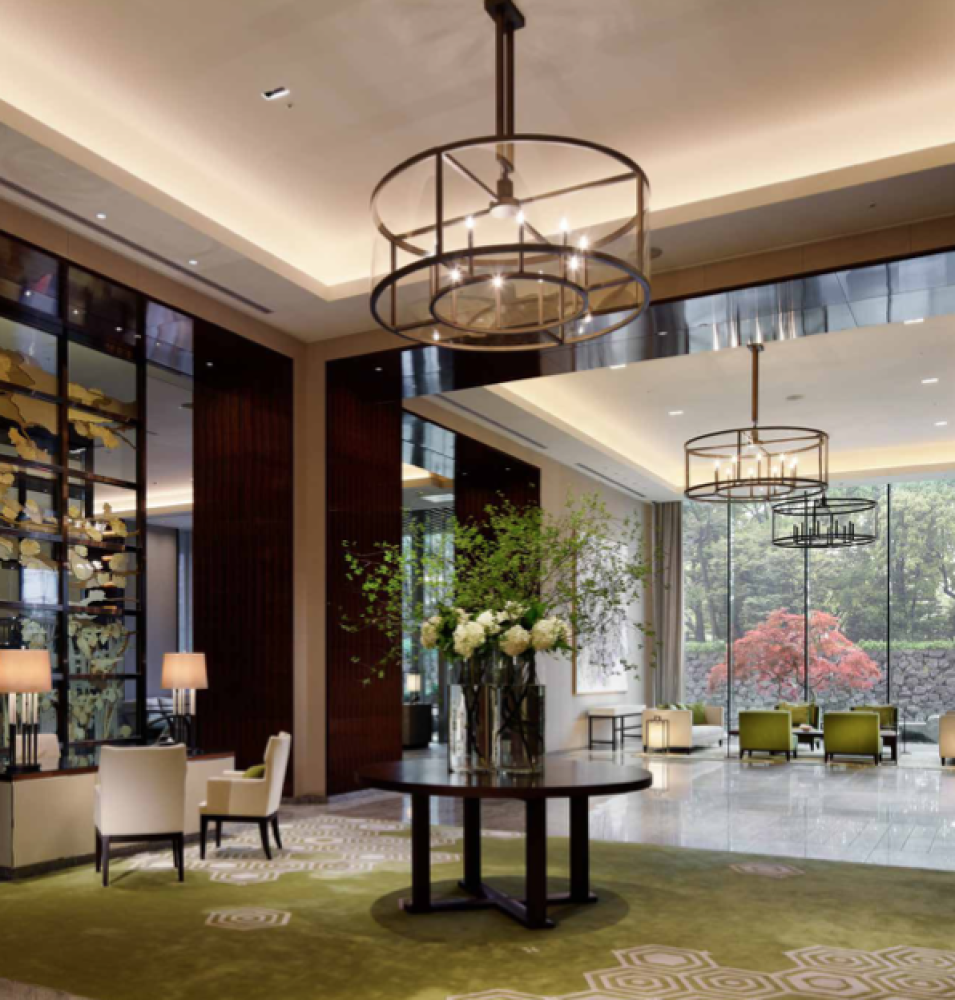
We’re sitting moat-side at the hotel’s Grand Kitchen, where each morning they serve a beautiful Japanese breakfast spread or a Western hot dish and buffet option. As we’re mixing in shibazuke and spicy mentaiko into our bowls of rice topped with fresh grilled fish, Matsumoto is giving us the lowdown on the day, which will start at Kappabashi, Tokyo’s neighbourhood for every culinary item or tool one might ever think to need and more. It’s where tableware shops are neighbours to baking utensil stores, which stand next to shopfronts overspilling with pots and pans and wasabi graters.
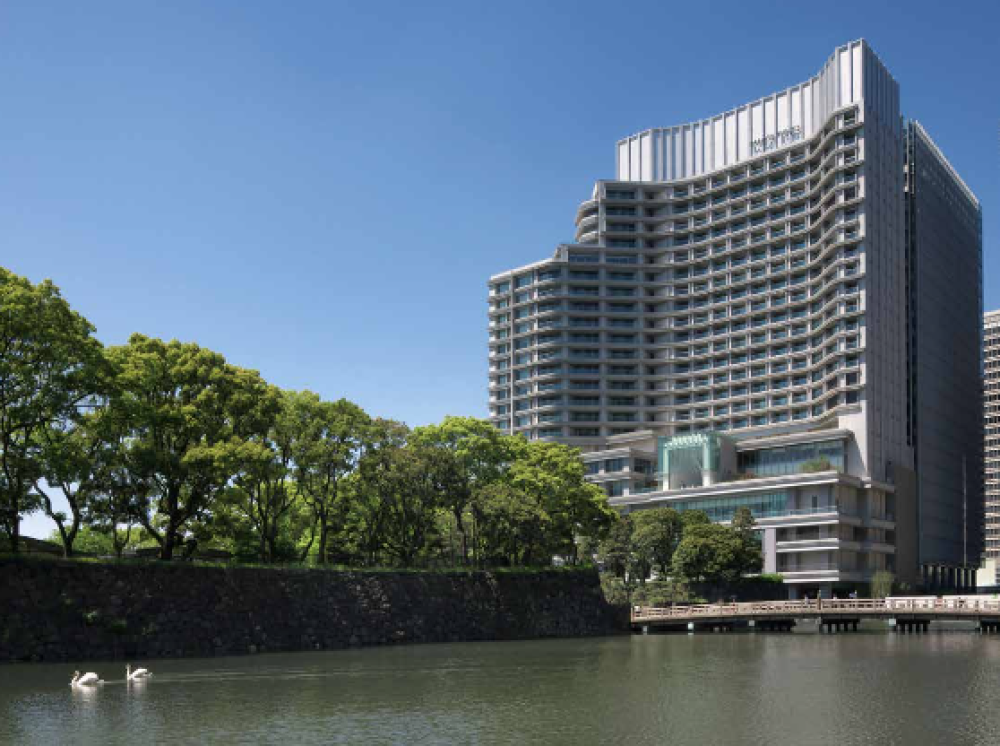
There are the social-media-famous plastic food rendering stores also known as sampuru, generational knife stores with blades that can slice through paper before you even take a breath and an equally storied nori shop that provides all manner of roasted seaweed, and where taste and texture are immaculately fine- tuned by the owner to any chef’s precise needs. The tour will also take us on an ingredients tour and a visit to a famous Japanese department store food hall where even soy sauce has been made transparent through the indomitable spirit of kaizen.

Matsumoto’s tour is one of many gastronomic experiences that the Palace Hotel Tokyo is offering this year as part of their new “Best of Japan: The Art of Gastronomy” package. Guests have the option to
go on a ramen tour through Tokyo, chow down on the city’s local street food, or build traditional bento boxes with Matsumoto. But while the Palace Hotel Tokyo is opening the doors to the local food scene for its guests, it’s also home to a number of establishments that by themselves serve up the best of Japan.
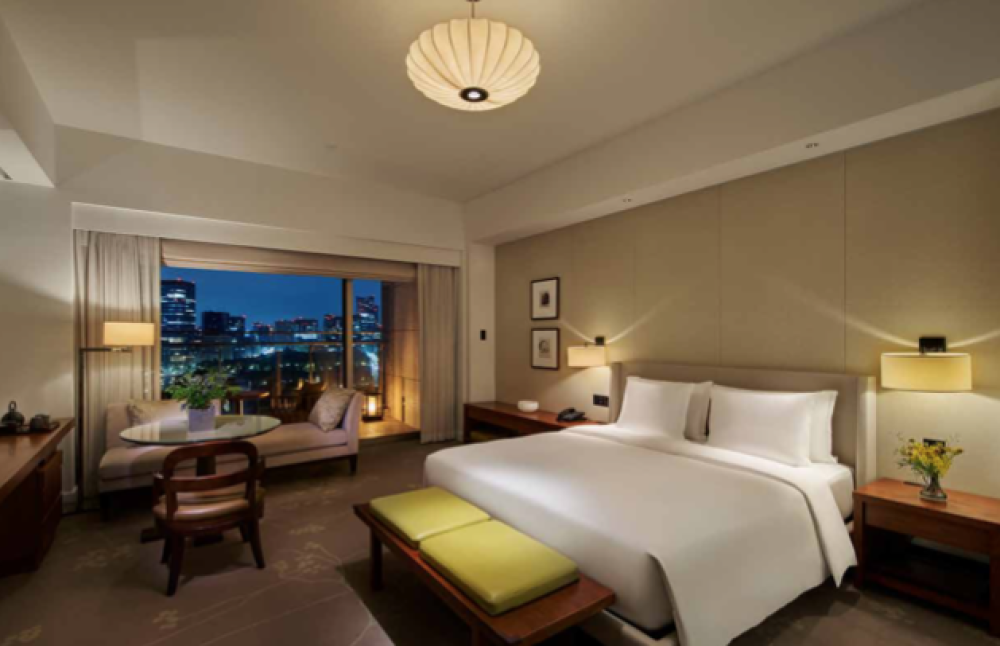
One afternoon, we stroll over to Higashiya Man Marunouchi, a tea salon that offers a contemporary
twist on traditional Japanese tea and confectionery. The Palace Hotel Tokyo has worked with a tea sommelier at the salon on an exclusive tea ceremony. Seated at the bar, the tea sommelier guides us through preparations of three tea leaves. The first brew of gyokuro, a type of green tea carefully cultivated under shade, yields a sauce-like density of umami flavour. It’s an unexpected sensation for the taste buds, which might not usually associate such taste with brewed leaves. The second brew is more viscous and similar to the umami one would find in broth before the third and fourth brew, one of which is iced, brings the tea leaves to a more familiar realm of taste.
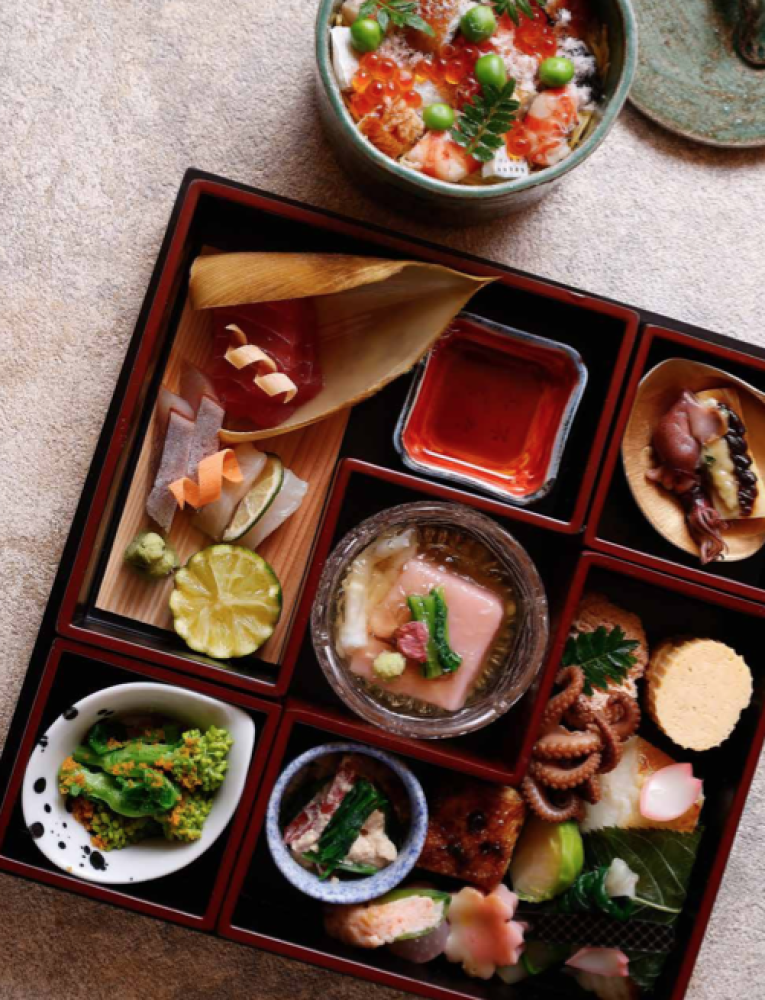
Next is hojicha and the sommelier roasts the leaves in front of us. The tasting uses hand-roasting pots
and a cornucopia of cookware tailored to the precise preparation of tea. The final brew is a traditional matcha. The sommelier warms each bowl from what looks like a heated wellspring before performing the ceremony with the traditional zen and focus of the practice. The tasting also pairs a corresponding morsel with each brew, from sweetened black beans to balance out the umami of the gyokuro to dates filled with date butter as a counterpoint to the smokiness of the hojicha and a choice of wagashi (traditional Japanese confectionery usually made from mochi) to sweeten the bitter notes of matcha.
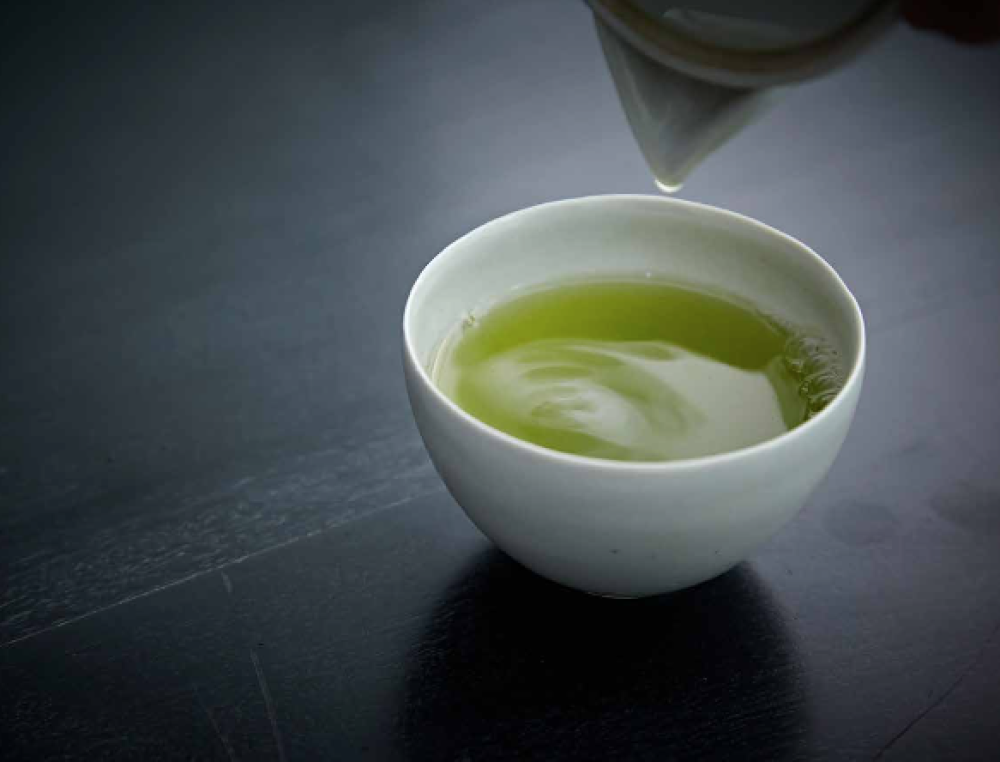
Should tea be a little tame, those looking for something stronger need venture no further than the bars and cellars of the Palace Hotel Tokyo. Aside from fresh fruit cocktails – when I was there at the end of July, peaches were in season and so Japanese peach bellinis were our nightcaps of choice – the hotel has an extensive sake and wine list. Apart from Ichi-no-Ichi-no-Ichi, the hotel’s original branded sake, which is full-bodied and packs a punch, it offers an hour-long tasting session of wines and sakes from Yamanashi, Hokkaido and Nagano, the country’s top three wine-producing regions, from Wadakura, the Palace Hotel Tokyo’s in-house kaiseki restaurant.
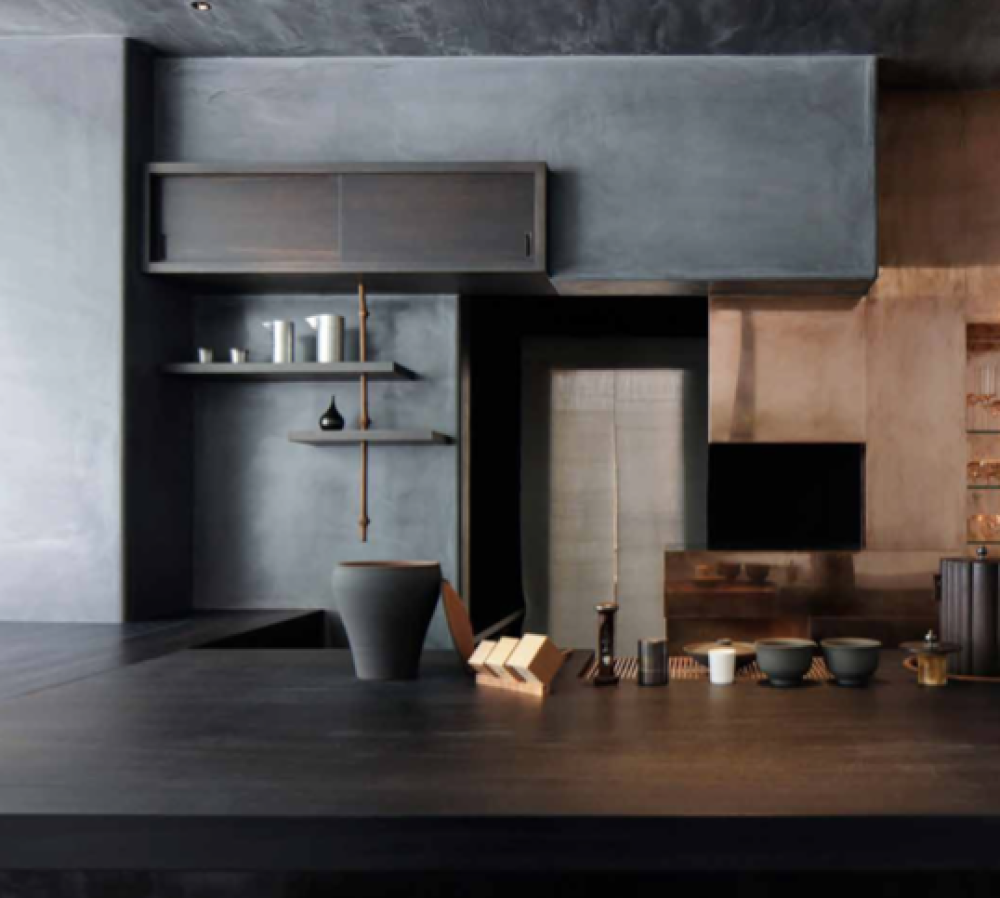
There’s nary a chance to really feel hungry on this trip. The hotel is home to Esterre, a one-Michelin-star restaurant helmed by Kei Kojima and run in partnership with Alain Ducasse. Chef Kojima, we learn, heads to his local market every morning to choose the freshest ingredients for the restaurant before commuting into the city. While there is the iconic presence of Ducasse’s Baba au Rhum, beyond that the menu is the product of Chef Kojima’s imagination. From himeji to grilled ika to Kumamoto beef, each bite is a celebration of the best of Japanese produce.
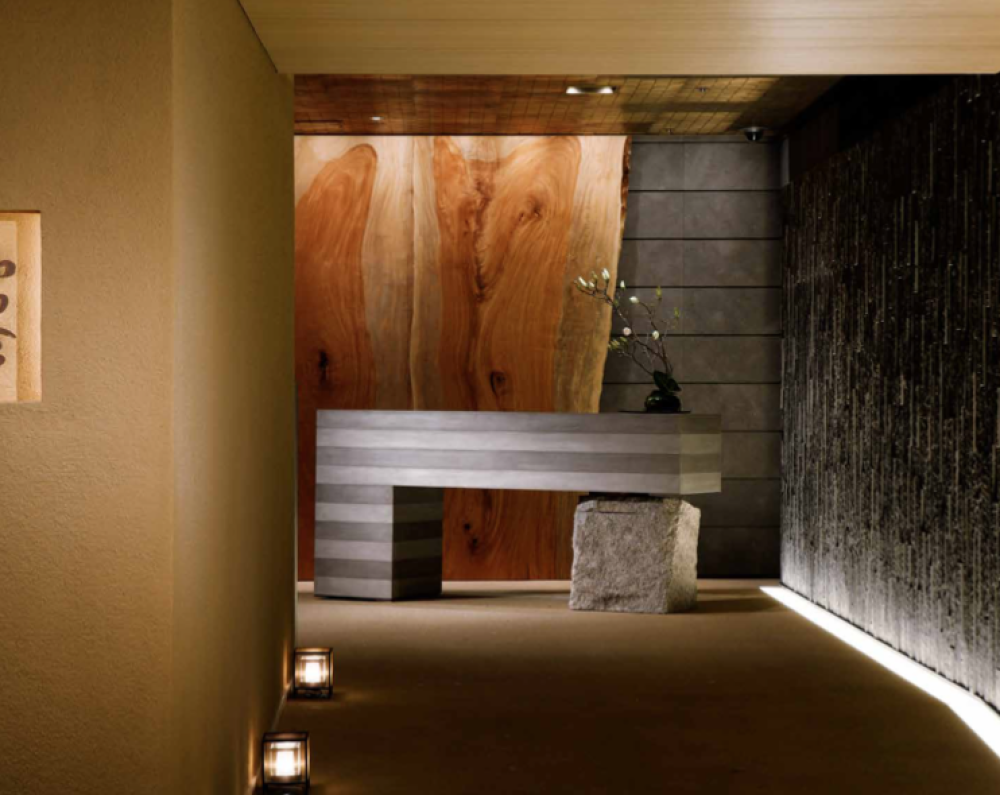
But perhaps my personal highlights are the kaiseki dinner at Wadakura and the hotel’s Soso Kiwami bento lunch. Each mouthful is a delight. The former, a traditional multi-course Japanese dinner, is one of Japanese cuisine’s finest forms of dining. Each dish is presented artfully on a tray around the principle of balancing taste, texture and the colours of food. Imagine a zen garden but on your plate and the flavours are equally contemplative. Our first dish is a chawanmushi egg custard with hairy crab and winter melon, followed by delicacies that are an ode to the bounty of the season. There’s bottarga mochi, tomato with pickled miso and conger eel in two preparations. Each bite is arranged in a little ornamental dish laid on top of a lotus leaf lining a wooden tray. Subsequent dishes are equally as entrancing. From the refreshing clear soup with abalone, shrimp dumpling and laced with yuzu to the grilled ayu river fish, each preparation brings out the flavours of Japanese summer. The highlight is the restaurant’s signature simmered Ohmi beef with soy sauce and raw egg before the final rice course, which is served with shrimp tempura and pickles. To end, dessert is a mix of summer fruit and chamomile jelly. The entire meal is a gastronomic journey during which diners bear witness to the precision and perfection of Japanese culinary craft.
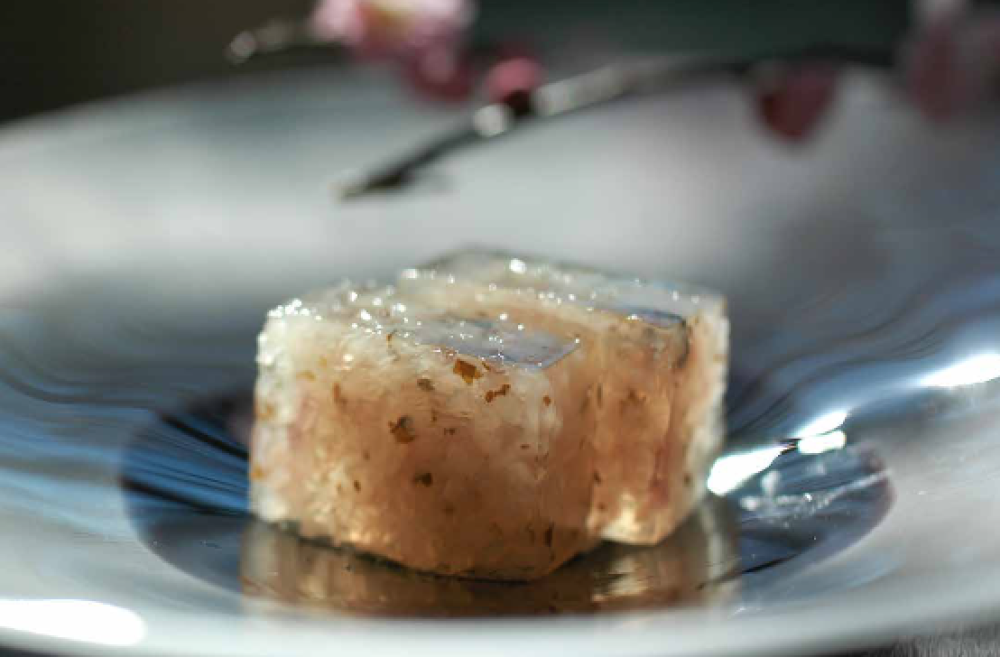
What is considerate of the hotel is that a different and somewhat lighter interpretation of this is offered for lunch at their Prive Lounge in the form of the Soso Kiwami bento lunch. The seasonal ingredients remain the same but the presentation and execution are adapted and confined to four boxes at lunch.
I’ll keep this a surprise but make sure to book it a day ahead.
So my belly is full to the brim from having been fed and watered with the pinnacle of what Japanese summer has to offer, but despite my head being perhaps a little drowsy from the food, there’s no escaping the lesson learned. From the tailored experiences to the comprehensive range, it’s no surprise that the Palace Hotel Tokyo is the only Japanese-brand hotel in Tokyo to receive the Michelin Guide’s three keys rating this year. The establishment is itself, along with its staff, the embodiment of kaizen. It’s undeniable. From the general manager’s ability to remember throwaway remarks about our party enjoying particular alcohols or dishes, and having them appear at different intervals throughout
the stay, to guest services sending up pillows and herbal tea to relieve a stiff neck and an oncoming cold, and even the therapist at the hotel’s Evian Spa recommending a different treatment based on a guest’s allergies, it’s an establishment that keeps Japanese excellence alive and a flock of devotees coming back across the seasons.


